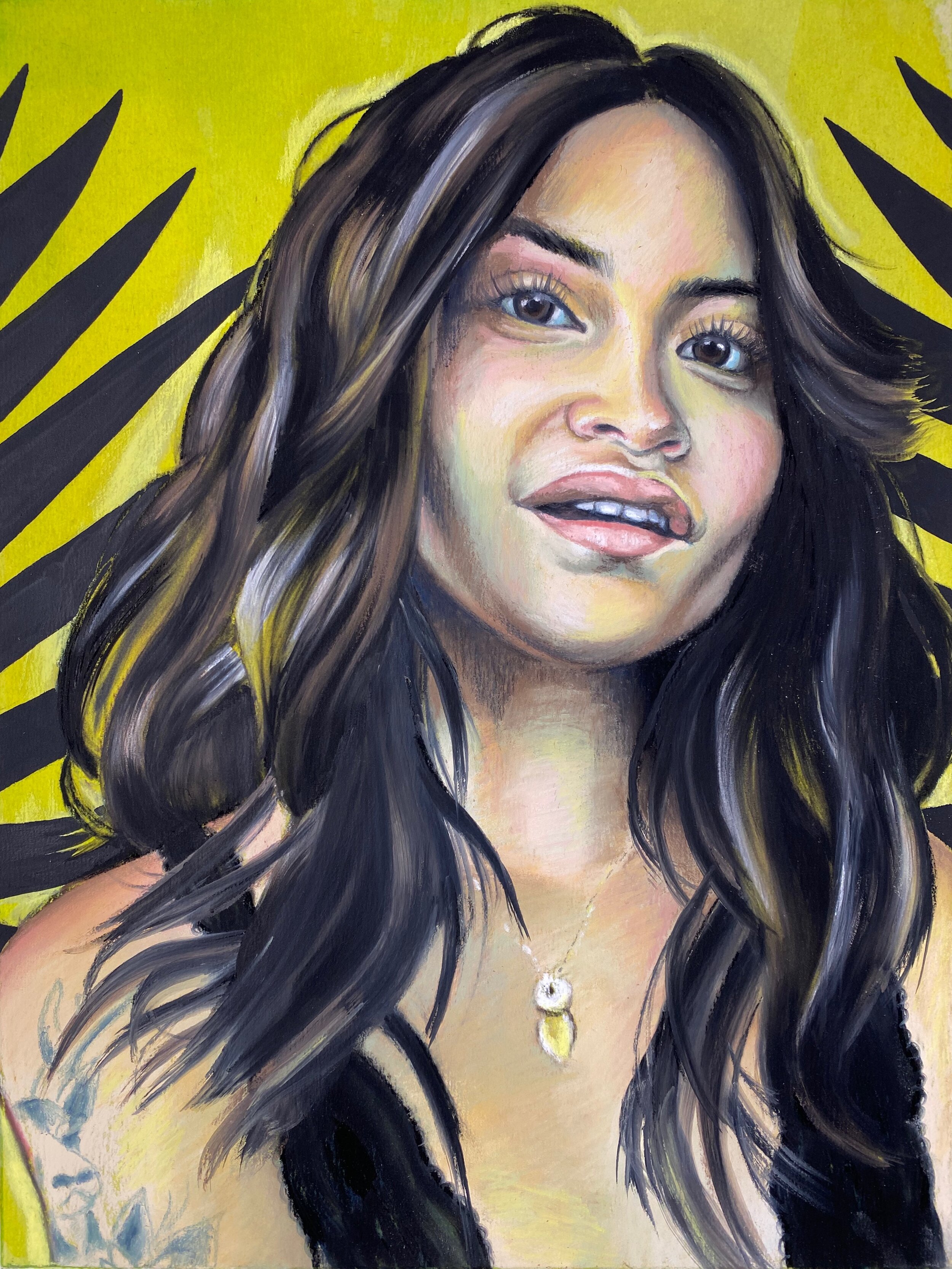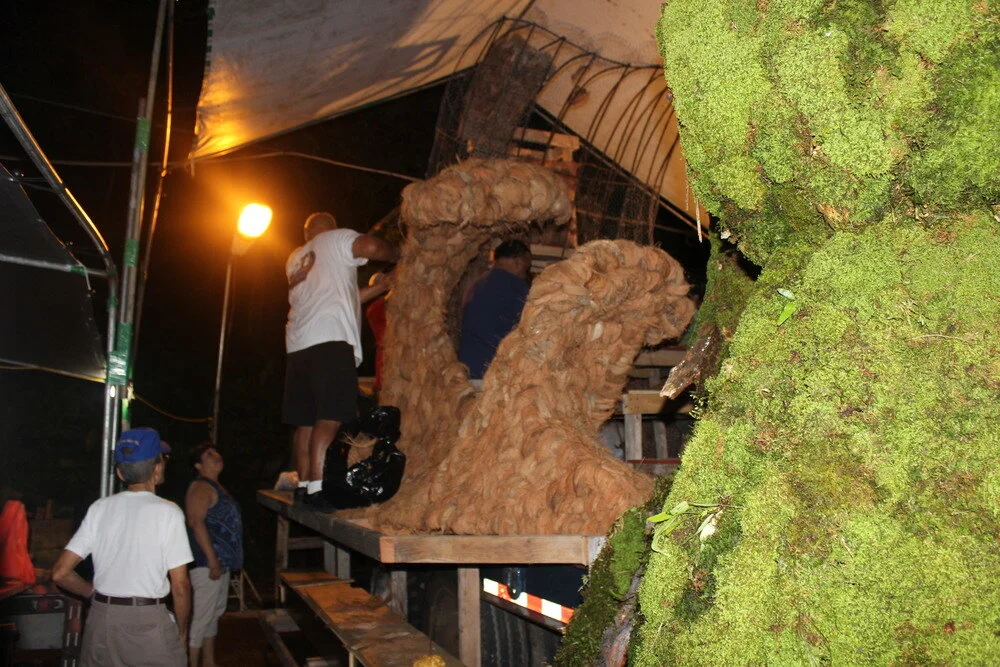Five essential books for creatives of all kinds. This list includes books on creativity, flow, writing, resilience, and habit.
Read MoreThis project is a small, slow effort that is driven by a desire to see more Pacific Islander representation in the visual arts— and visibility for us is needed now.
Read MoreWhat’s it like moving to a new city at the start of a pandemic? My reflections on the past year: thriving in the midst of despair, artistic growth, and what we can do to support metamorphosis.
Read MoreVisualizing new vocabulary is an essential tool of language learning. Being a visual artist that is also a language nerd, I have started to incorporate new vocabulary into my artwork and I’ve made a couple visual vocabulary sheets along the way.
Read MoreHistoric maps are beautiful artifacts from oftentimes ugly eras. For many of us, European discovery meant genocide, and displacement for the survivors. The maps remind us how land has been exchanged between governments throughout the generations, how borders move, and how colonizing powers control the narrative.
Read MoreWrite-up about the mural project I lead with a teen cohort at Newport Art Museum.
Read MoreCheck out this article I wrote featuring a program partner during my time at Peabody Essex Museum, and be sure to watch the powerful video!
Read More"Her portfolio is diverse, but her cause is plain. Art is a path to self-discovery — and for many young people already on this journey, an opportunity to experience pride in one’s own creations can be an invaluable reassurance and motivation to persevere." Lovely writeup and photos by Sarah Belclaire.
Read MoreHere are some projects that most closely exemplify what I have come to understand as socially engaged art. All projects were implemented post-2000, and respond to issues of equity, access, or inclusion. I considered which projects most faithfully placed power within the community, and those that are most engaging of the participants.
Read MoreWhile all kinds of art may be socially responsive, whether or not an art production can be termed “socially engaged art” depends on a few things, including the role of the audience, the role of the artist, and relevance to social issues specific to the community in which the piece exists. To elaborate, the following describes a basic hierarchy of audience involvement, from least to most.
Read More









